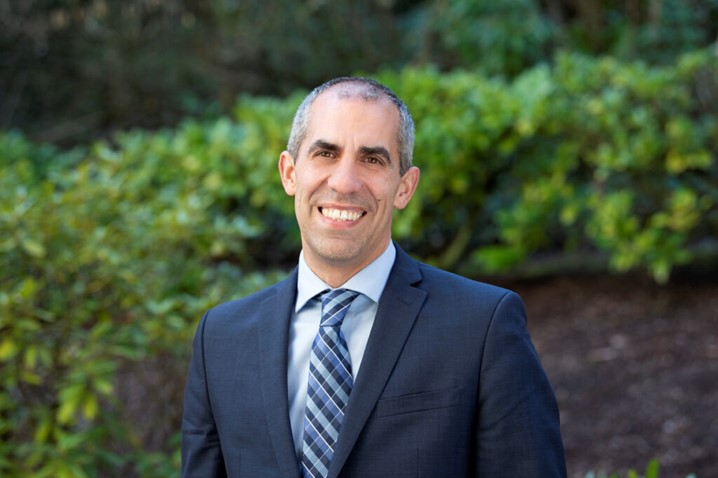Humana
Pay
Location
Employment type Full-Time
What’s your preference?
- Job Description
Req#: R-293587
Description
The Behavioral Health Lead will report directly to the National Medicaid Quality Director, and be responsible for the development, maintenance, and execution of Humana Healthy Horizon’s National Improvement strategy and operating model for Behavioral Health Quality, and its integration with Physical Health Quality, within the Medicaid line of business.
Responsibilities
The Behavioral Health Lead exercises independent judgment and decision making on complex issues regarding responsibilities and related tasks, works under minimal supervision, uses independent judgment requiring analysis of variable factors and determining the best course of action. Responsibilities include:
- Provide direction and oversight of the Behavioral Health Quality management model and improvement strategy for the Medicaid line of business at the national level, and further the integration of Physical Health and Behavioral Health Quality.
- Develop policy and procedure, and define/improve processes regarding HEDIS and quality measurement data collection and improvement methodology for all Behavioral Health focused measures.
- Develop educational materials and strategies to engage practicing Behavioral Health clinicians in improving operational process and clinical care quality in an effort to improve member experiences and health outcomes.
- Establish and improve care coordination processes between outpatient Behavioral Health practices, hospitals, and primary care physicians.
- Assist in the development of innovative value based payment models for Behavioral Health provider partners.
- Drive all Behavioral Health Quality related activities during the implementation of new Medicaid markets.
- Provide ongoing wrap-around support to market Quality teams for Behavioral Health related issues, process improvement, and clinical initiatives.
-
Drive interdepartmental collaboration to achieve business goals
Required Qualifications
- Bachelor’s degree in Business, Healthcare, or related field
- 5+ years of experience in Behavioral Health or Managed Care Quality Management and Improvement
- 3+ years of experience monitoring and improving behavioral health quality measures (example HEDIS or CAHPS) in a quality operations / quality management or office based practice setting
- Demonstrated ability to perform moderate to complex data analysis
- Previous experience working with behavioral health providers on quality and performance improvement activities
- Strong relationship building skills
- Excellent written and oral communication skills
-
Comprehensive knowledge of Microsoft Office Word, PowerPoint, Excel
Preferred Qualifications
- Clinical Licensure including: Licensed Clinical Social Worker (LCSW), Licensed Marriage and Family Therapist (LMFT), Licensed Professional Counselor (LPCC), Registered Nurse with behavioral health experience
- Certified Professional in Healthcare Quality (CPHQ)
- Experience with quality improvement methodology such as plan-do-study-act
- Advanced degree in business, healthcare, or related field
- Project management experience
- Strong business skills, including sales and marketing objectives
- Previous experience developing provider facing educational materials
-
Detail orientated and comfortable working with tight deadlines in a fast paced environment
Work at Home Requirements
- At minimum, a download speed of 25 Mbps and an upload speed of 10 Mbps is recommended; wireless, wired cable or DSL connection is suggested
- Satellite, cellular and microwave connection can be used only if approved by leadership
- Associates who live and work from Home in the state of California, Illinois, Montana, or South Dakota will be provided a bi-weekly payment for their internet expense.
- Humana will provide Home or Hybrid Home/Office associates with telephone equipment appropriate to meet the business requirements for their position/job.
-
Work from a dedicated space lacking ongoing interruptions to protect member PHI / HIPAA information
#LI-JB2
Scheduled Weekly Hours
40
- About the company
Humana looks at every facet of your life and works with you to create a path to health that fits your unique needs

